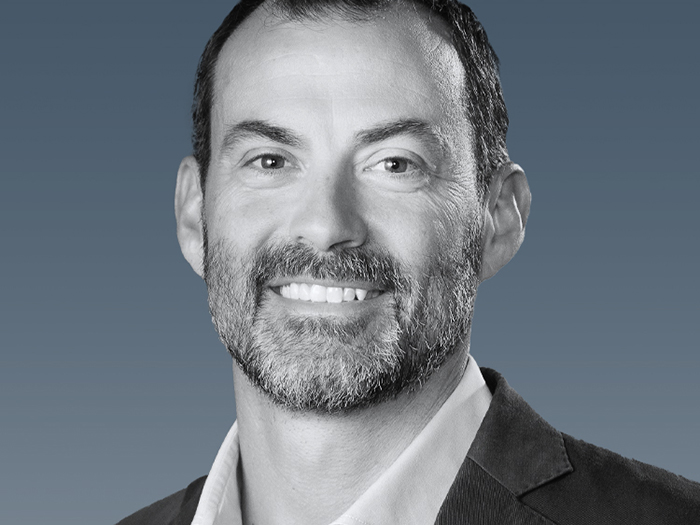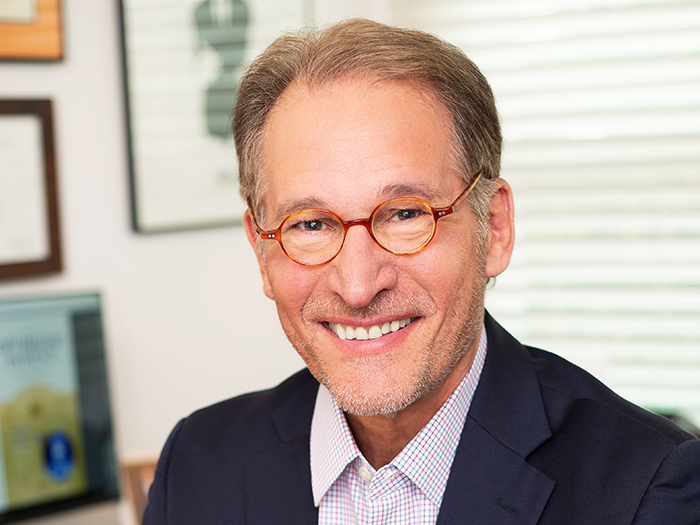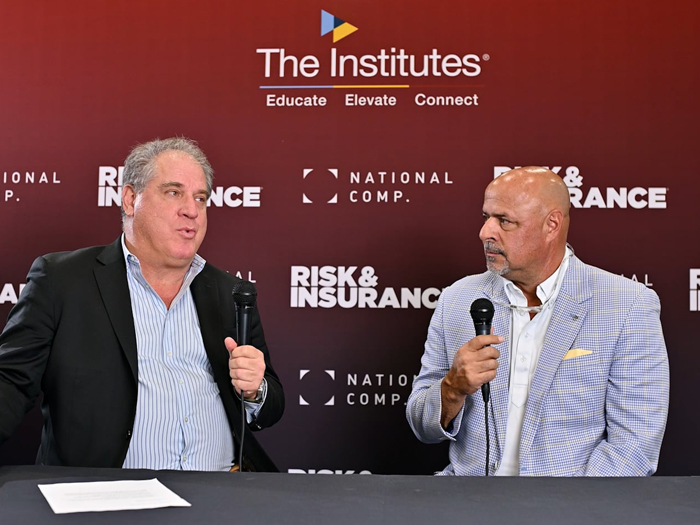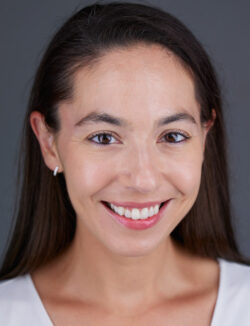P&C Market Shows Softening in Q1 with Premium Increases Down to 4.2%: CIAB Survey

The commercial insurance market showed clear signs of softening in Q1 2025, with average premium increases across all account sizes falling to 4.2% from 5.4% in Q4 2024, according to The Council of Insurance Agents & Brokers’ Commercial Property/Casualty Market Report.
The insurance market’s softening trend is gaining momentum as premium increases continue to moderate across most lines and account sizes, according to the survey of CIAB member firms. Medium-sized accounts experienced the most significant slowdown, with average premium increases dropping to 3.7% from 6.4% in the previous quarter—a 42% decrease. Large accounts saw increases decline to 5.3% from 6.3%, while small accounts maintained a steady 3.6% increase.
Five lines of business recorded actual premium decreases in Q1, according to the survey:
- Workers’ compensation, down 2.6%.
- Cyber, down 2.1%.
- Directors and officers liability (D&O), down 1.6%.
- Employment practices liability insurance (EPLI), down 0.4%.
- Terrorism coverage, down 0.4%.
This represents an expansion from the four lines (cyber, D&O, EPLI and workers’ compensation) that decreased in Q4 2024, CIAB noted.
Commercial property, which had consistently shown some of the highest premium increases throughout 2023 and 2024, demonstrated significant moderation with just a 2.9% average increase this quarter—less than half of Q4’s 6.0% increase, the survey found.
Market respondents described increasingly competitive conditions for property risks, with one Northeastern brokerage noting that carriers were “more competitive on commercial property risks,” while a Southeastern brokerage respondent highlighted new underwriter flexibility allowing for “better terms on renewal, such as lower deductibles or higher limits and sublimits.”
However, commercial auto and umbrella continued their upward trajectory, posting the highest increases at 10.4% and 9.5% respectively, the research shows. These two lines stand in stark contrast to the overall P&C softening trend, primarily due to ongoing litigation challenges.
D&O Market Benefits from Increased Competition
D&O coverage showed a premium decrease of 1.7% in Q1, marking the fifth-consecutive quarter of declining rates in this line.
While the report doesn’t detail specific drivers for D&O’s softening, survey respondents pointed to increased market competition and underwriter flexibility as likely factors. One Northwestern broker specifically highlighted “couple new D&O entrants with extremely broad coverage,” noting that “excess markets [are walking] away from renewals due to it. That is new since in the past two years incumbents would do anything to keep their renewals.”
This assessment aligns with a Gallagher report on D&O, the CIAB stated, which identified “increased capacity from new market entrants in the U.S.” as contributing to premium declines. The Gallagher report specifically noted that “In the U.S., a continued influx of capacity is driving competition, with some insurers underwriting at lower attachment points,” and that “there is greater flexibility on sublimits and self-insured retentions.”
Additional market analyses from Willis Towers Watson and Ryan Specialty similarly characterize the D&O market as softened and competitive, suggesting favorable conditions for insurance buyers looking to renew or place new D&O coverage, the report noted.
Third-Party Litigation Funding Drives Selective Premium Increases
Despite the generally positive trend toward lower premiums, third-party litigation funding (TPLF) continues to exert significant upward pressure on specific casualty lines, according to the CIAB report. TPLF, where third parties finance plaintiffs’ lawsuits in exchange for a portion of any settlement, has increased U.S. liability claim amounts by 57% over the past decade, according to Swiss Re research.
Commercial auto and umbrella insurance feel the most significant impact from this trend, the report noted. As one Southwestern broker bluntly stated, “Nuclear verdicts increased, driving liability and excess rates. It affected the entire litigation and claims system. We are seeing awards that exhaust all tiers of limits.”
Beyond premium increases, TPLF has prompted carriers to adopt more cautious underwriting approaches for general liability, umbrella, and commercial auto. Underwriters are extending their claims review periods, with one Northeastern broker respondent noting they’re “looking back five to 10 years on casualty-related claims when making decisions on engagement or pricing.”
Carriers are limiting their exposure to heavy auto risks and certain product liability classes, with one broker reporting that “Higher excess/umbrella limits were not available for certain types of risks.”
Obtain the full report here. &










